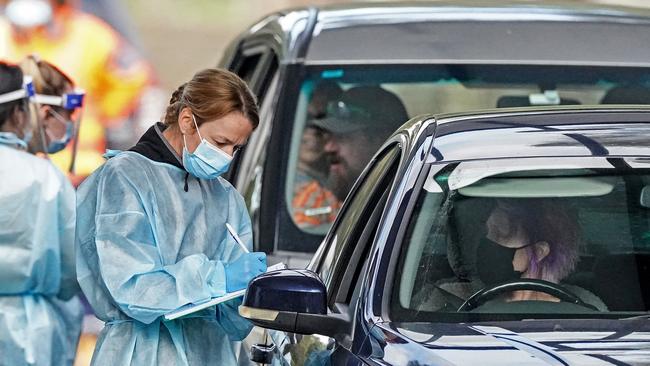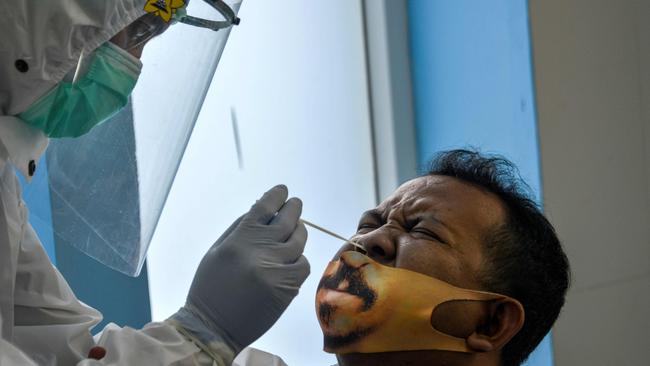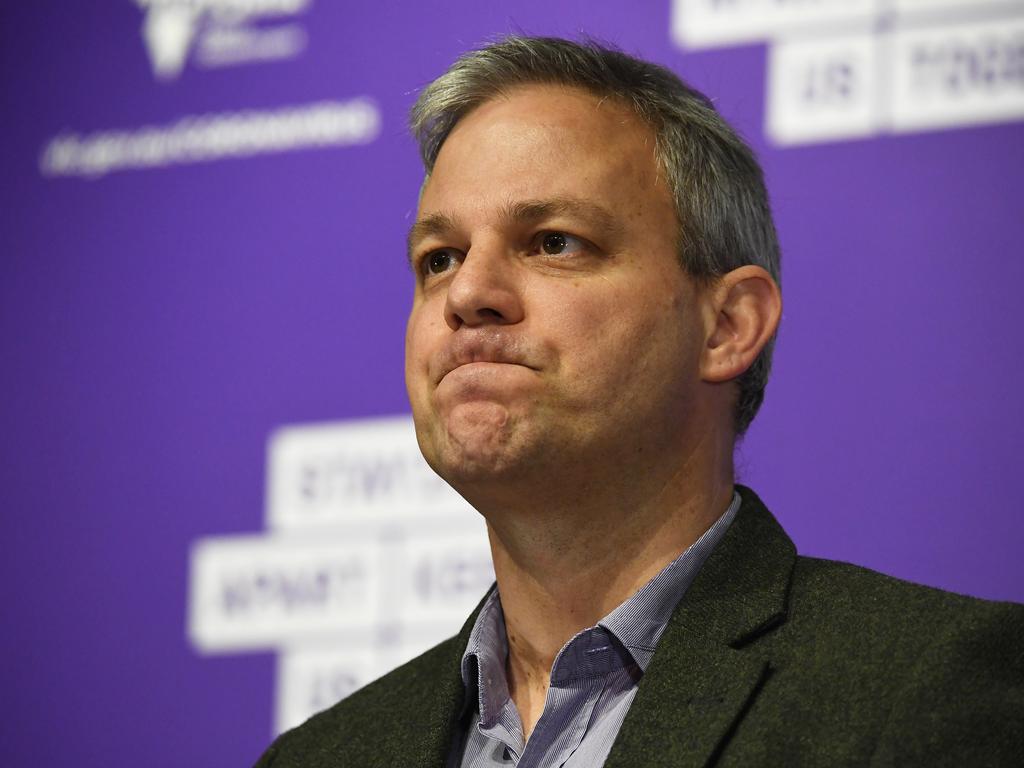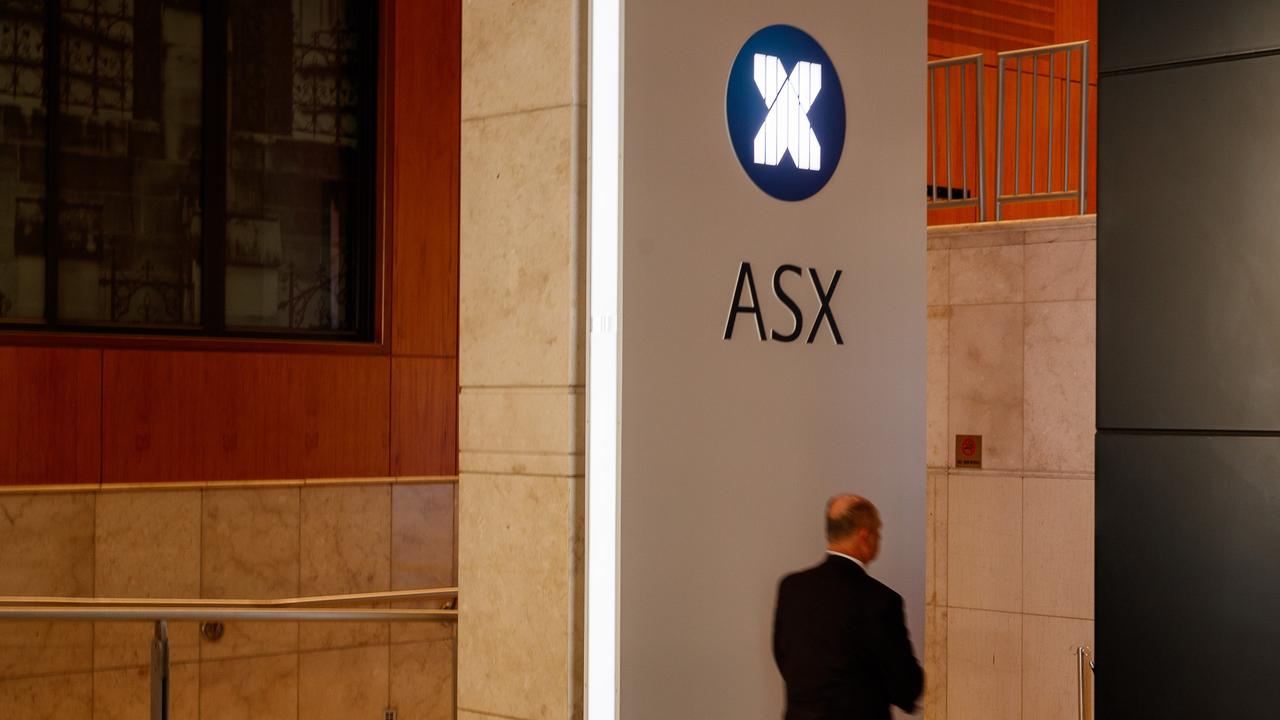
Since the start of the year share markets, governments, and enterprises large and small have feared that even if nations got on top of the first wave of COVID-19 there would be a second and even a third wave.
And accompanying that second wave would be escalating infections in highly-populated emerging countries. And, as new figures come in from around the world, those scenarios are looking increasingly likely.
Maybe we will be lucky and the first signs of a second wave may fizzle out. But we could be unlucky and the second wave will be worse than the first. Early signs are that it is certainly different.
Markets have not yet factored a second wave into share prices. Few enterprises are ready for it and governments, having spent so much money on the first wave, are often apprehensive about how they tackle the second.
When infection rates started to fall consumer confidence rose and share markets rose strongly.
The impacts from a second wave are hard to predict but conceivably they could be more severe than the first. Economies will be hit and share markets are endangered.
There is now wide recognition in many countries that it is not feasible to shut down societies for the duration of the pandemic, which could last until a vaccine is found and produced which could be a year or more away. That could mean much higher infection rates and more incidents of hospital chaos.
The danger and differences presented by this new phase are best seen via a small world trip starting here in Australia. Whereas Sydney led the infection rate in the first round, so far the second wave has been generated in Melbourne. And by isolating areas of Melbourne as “no go”, community apprehension has increased sharply. And it’s also rising in the US, as shown by the smaller than expected attendance at the Trump rally in Tulsa.
At the start of the weekend, the United States reported more than 30,000 new infections---its highest total since May 1. During the first wave it was cities like New York and Los Angeles that led the infection rate. This time around the cases are rising in 19 states across the South, West and Midwest.
Florida’s record infection rates are alarming and the state reported 4,049 new cases on Saturday, breaking Friday’s record (3822) and Thursday’s record (3207). South Carolina broke its record with 1155 new cases; Nevada had 452 and Missouri had 375
In the first wave of the infection it was the elderly that were hit hardest but the new US infections have trended towards the younger generation, with more people in their 20s and 30s testing positive. Too many are not taking social distancing seriously and some have become seriously ill and infected family members and friends. I suspect that happened in Melbourne.
Wuhan was the epicentre of China’s first wave. The new breakout is in the national capital, Beijing, which is scrambling to track and contain this new outbreak which has naturally raised fears of broader contagion. But so far the authorities have not turned to the widespread strict lockdowns introduced in Wuhan.

South Korea continues to struggle to contain a resurgence in the coronavirus that has seen some of the country’s hard-won pandemic gains erased since social distancing rules were eased in mid-April. On the other hand Europe continues to improve and Japan is holding.
Brazil’s President Jair Bolsonaro has dismissed the dangers posed by the virus, sabotaging state quarantine measures and calling on Brazilians to continue working to keep the economy from collapsing. But Brazil, which escaped the full brunt of the first round, has become the second country after the US to pass one million COVID-19 cases. On Friday, Brazil reported a staggering 54,771 cases over 24 hours.
The world’s second most populous country, India, has the fourth-highest number of COVID-19 cases, but the government denies community transmission. With hundreds of train carriages being converted into makeshift wards Mumbai’s hospitals are overwhelmed.
Turkey now has the world’s 12th largest known outbreak. Two weeks after the country allowed businesses to reopen and people to travel President Recep Tayyip Erdogan has acknowledged that Turkey was losing ground against the virus.
South Africa has announced nearly 5000 new coronavirus case---a new daily record. The country at the weekend recorded a total of 92,000 confirmed cases.
Also at the weekend Indonesia announced 862 new confirmed COVID-19 cases, bringing the total number of infections nationwide to 45,891.
Some 36 more people had died of the disease, bringing the death toll to 2465.
In the US, Turkey, Brazil, South Korea, China and, of course Australia via Victoria, it was the relaxation of restrictions that triggered the infection rate rise and that trend is spreading around the world.
We need to recognise that we are entering into a new and dangerous phase of the disease’s spread.






